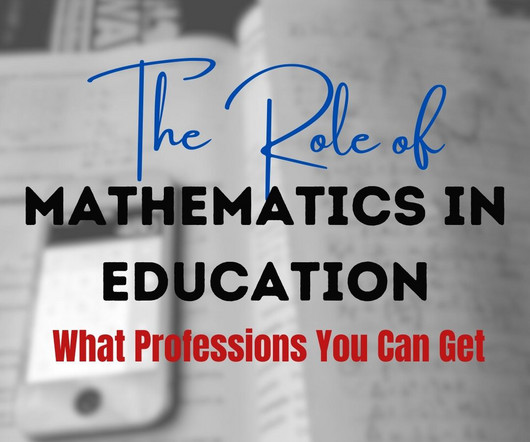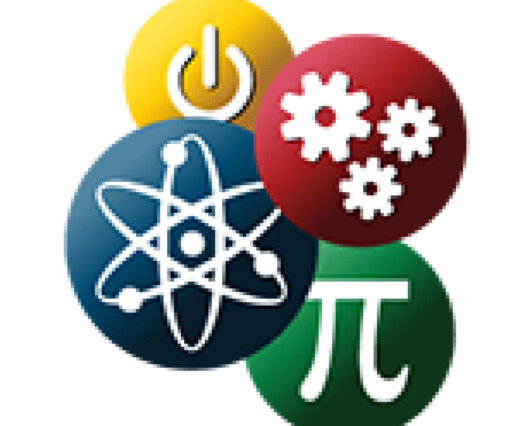Here Comes Another Trend in K-12 Science Education: Data Science
Chillax Science
MAY 3, 2023
This kind of teaching method tends to place heavy emphasis on rote learning and recalling facts, often at the expense of deeper critical thinking skills, creativity, and experiential learning. By engaging in this method students develop a deeper understanding of scientific concepts and can better apply them to real-world problems.











Let's personalize your content